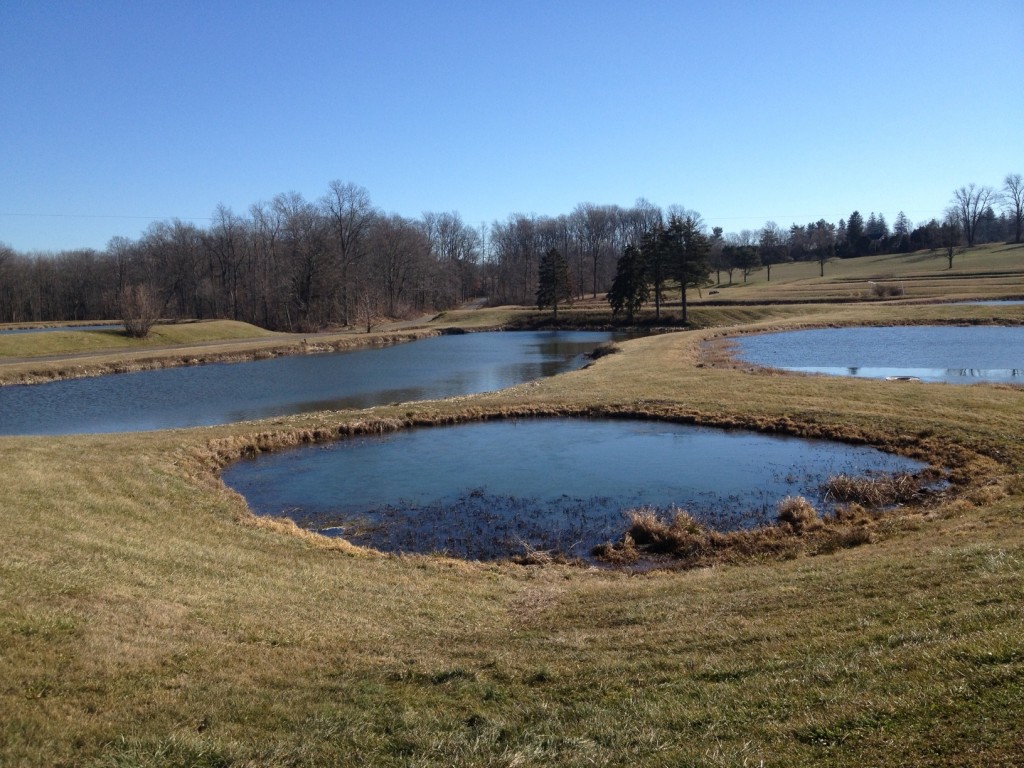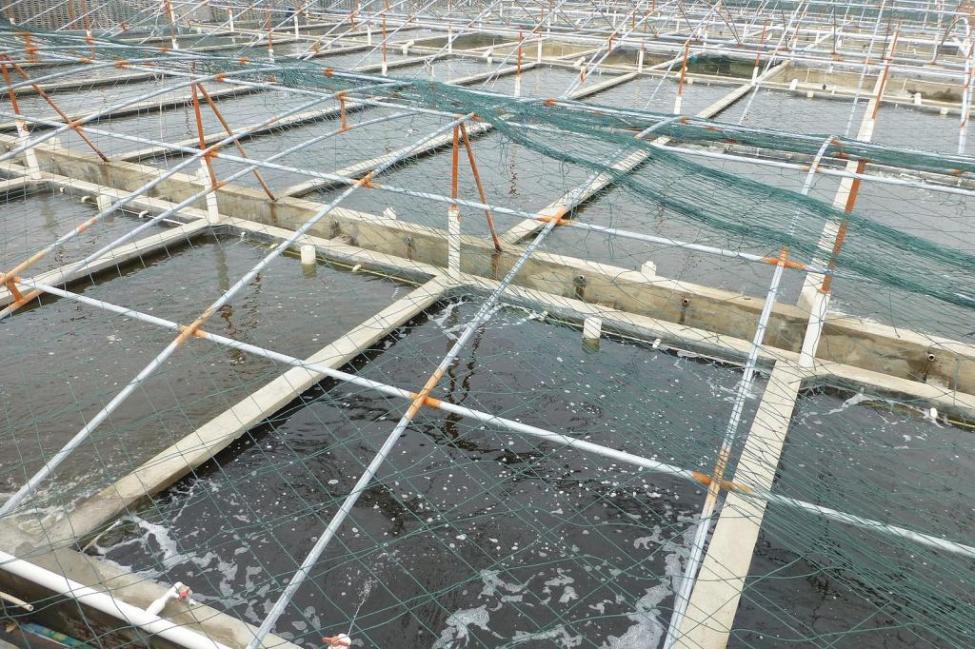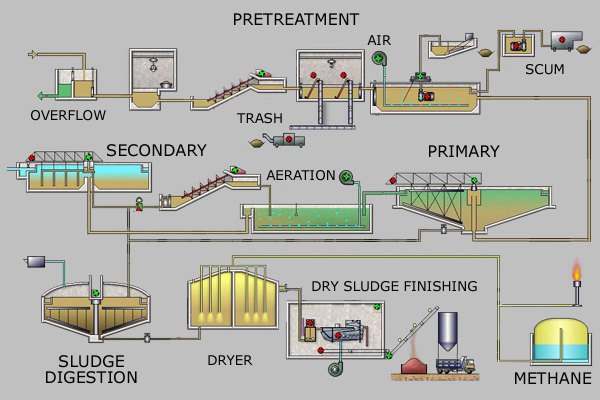How to build a pond for fish?

Building a backyard pond could literally turn your backyard into an inspiring garden. It would not only be exciting and healthy, but it would also increase the desirability of your house.
You could build a remarkably beautiful small pond in your backyard if you are ready to put some work into it. How much time and funds you invest in it would really depend upon your budget, available time and imagination. However, you can rest ensured that you will be gratified with the outcomes.
To build a fish pond in your backyard you don't need to be a builder or hold building experience, and it's surprisingly low cost and low maintenance. So, let's perceive to start.
7 steps to building a farm pond
Step 1: Choose an appropriate place for your pond
Select a spot that does not manipulate runoff water after rain. It should also be a sunny point because some of the plants you want to have in your pond will require sunlight. The downside of a sunny point is when you desire to sit by your pond; it might get too heated, so design for some large trees and shadow as well. Make sure you are cleared from all utility ropes, and you are freed from any legal commitments.
Step 2: Determine the size and shape of your pond
The volume and shape of your pond will rely mainly on your convenient space, setting, and what variety of fish you crave to raise. If you are conspiring to raise fish like koi or tilapia, your pond should be at least 4 feet deep. A depthless pond may freeze completely during the winter. Prefer round moulds with no indentations.
Step 3: Start digging
Spot the area where you desire your pond to be. You could utilise a hose or chalk to trace the area. Your pond should be on comparatively flat ground, and sides of the opening should be balanced all the way around. You could use supporting tools like shovels and select hatchet for small ponds, or rent Garden Rental Kit if you have a larger plan.
Step 4: Bottom draining and water revenue
Locate a tube for water trash at the profound point of your pond. It should have a covering with the net, or your fish will get engulfed in.
Step 5: Pond Liner
You will require EPDM pond liner to overlay the pond so it will retain water. Locate the underlay in the pond and watercourse making sure to tuck it into every nook.
Step 6: Install the pump and waterfall
You will demand a 300 gph pump, 1 and a half inch PVC pipe. Install your pump and pipes before setting your liner and underlay. Your pump should be placed near the centre at the bottom. Install the waterfall filter into the spot with a rock.
Step 7: Fit Eduction Jets and a Skimmer
The eduction jets produce underwater currents to avoid regions of stagnation. The skimmer is a safe fish bucket that enables the operation to automatically gather fallen leaves and trash off the exterior of the water.
Once you are achieved, you can append rocks, fish and fascinating aquatic plants to present your pond more beautiful, along with some charming garden lights. I hope you will enjoy building your pond.
Farm pond construction methods
Pond size is estimated in width, length and depth. These three dimensions determine the quantity of water required to replenish the pond. The foremost factor influencing pond size is your available space.
It is essential to estimate the scale of the rest of your gardening and design a pond that's size is in dimension to the other factors in your yard.
Depth
When selecting on the measurement of a garden pond, it is vital to revive that massive ponds, with a greater volume of water, are comfortable to maintain. The water in small, shallow ponds often heats up promptly in the sunlight rendering the ideal conditions for algae and bacteria germination. This can result in green or dingy waters.
It is suggested that backyard ponds be at least 2 feet in the base to make sure there is adequate water volume to evade this issue. If you breathe in a cold climate where the pond may waive go even deeper, so attempt 3 feet.
The depth of koi ponds must be 3 feet on average as the fish will require extra space to swim and grow. Additionally, the extra water capacity will help resist any polluting impacts the fish may possess on the pond.
Volume
Pond volume relates to the quantity of water required to fill a pond. The higher the water volume the polished and simpler to manage your pond will be. Usually, pond volume is calibrated in gallons and can differ greatly in size. You will require to understand your pond volume in order to decide the suitable pumps and filters.
To calculate pond volume use the following formula:
Length X Width X Depth X 7.4 =?
Fish treatment
If you notice your fish growing sick, you should instantly isolate the sick fish community and inquire professional help.
Pond water quality suggestions:
•Periodically monitor the water quality and maintain it cleaned.
•Review the pH level of your pond water and add limestone occasionally to neutralise the acidity of water.
•Ammonia and Niter generate most of the dilemmas and diseases among fish.
•Treat your water to eliminate parasites.
•Check for predators.
How much money does it take to build a pond?
The price to build a backyard pond can differ greatly. The size, style, elements and tools you choose will all influence the final cost of your pond. You can demand to spend between $5,000 and $20,000 for a system pond.
If you require additional features like waterfall or brook, expect to pay an extra amount related to the size of the feature. Additionally, a bridge-whist or stepping stone pathway that bisects the pond will append to the total cost.
Carefully consider all the costs before you get started. Prepare a report that outlines all your inputs and expenditures in details. It will depend on the scale, the type of fish and the coveted output of your business.
Fish farm wastewater treatment
Bio Filter Media for Fish Farm
A filter media applied for biological filtration. Media is intended to have the greatest surface area likely to deduct the largest amount of bacteria colonisation and consequently optimal filtration and waste discharge.
In an embedded environment like a home aquarium, waste (faeces, uneaten food and plant material) expands rapidly. For this purpose, it is of the highest importance to possess a strong biological practice to tear down such waste substance before it matures toxic to the aquarium residents.
Biological Filtration is the method by which trash is deflated down from toxic ammonia to negligible toxic nitrates by helpful bacteria that reside the surfaces of the Bioballs. The best conditions for bacteria to flourish are a steady accumulation of oxygen, and media with huge amounts of surface area for healthy bacterial colonisation.
Bio filter media is an innovative biological suspension carrier which modified polymeric material with the excellent addition of bio-enzyme, flexible for all kinds of the microorganism to grow and to breed rapidly to dissolve organics in the water.
Biological filter media houses the natural bacteria associated in the nitrogen cycle. It prepares excellence of large specific surface area for healthy bacteria to colonise, furnishing water to pass over the colonies, carrying nutrients and oxygen required for the nitrogen cycle.
MBBR biofilter media for fish farm wastewater treatment
Moving bed biofilm reactor(Moving Bed Biofilm Reactor, referred to as MBBR) is a kind of innovative biofilm reactor produces high efficiency, powerful ability to loading, huge treatment efficiency, sludge life, some residual sludge, nitrogen and phosphorus elimination result is good, no sludge development, has been extensively used in remote countries; biological suspended filler is a focus component of the MBBR process; the improvement, production of high motion of suspended packing, is to assure the productive operation of the MBBR method.
K1 Kaldnes biofilter media for wastewater treatment
Developing the K1 Media bio-media is essential because a gentle eco-system is naturally progressing for the bacteria included in the nitrification process.
K1 filter media contributes the highest active surface space for the bacteria to colonise, stronger than other kinds of static media. It is this process which eliminates harmful ammonia and nitrite from the water.
How K1 media is different from other media
As the K1 media progress within the filter, it makes the old dead bacteria on the surface to be uprooted. This creates space for new younger complex feeding bacteria to colonise swiftly. Within the wheel is a defended surface which promotes colonies of bacteria to naturally understand their lifecycle, of evolving, dying and then feeding the latter frames of the nitrification cycle. K1 Media has been composed to implement the best potential habitat for both young and mature beneficial bacterial colonies.
Floating bio ball filter media
Plastic bio ball is formed of non-poisonous Polypropylene plastic processing by unnatural into the nets pore arrangement of biological filtration ball. Many layer structure, inner pory. For adsorption nitrifying bacteria and hover the net's hole structure, very promising to oxidation of oxygen movement replacement, and for conceptive growth of nitrifying bacteria with a tremendous biochemical outside area.
It installed in a filter pond, and they dramatically humiliate ammonia and nitrite to help keep healthy aquarium pond or fish farm water restraints and overall wellness of pond or fish farm and fish.
Conclusion
I hope this article was propitious for you in learning how to build a fish pond. Leap into your world of fish farming!
We would love to listen from you, so please drop a comment in the comment box or click here to visit our page.









